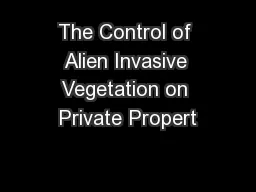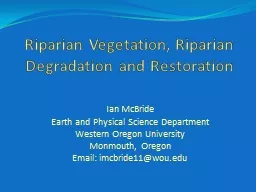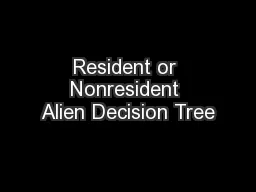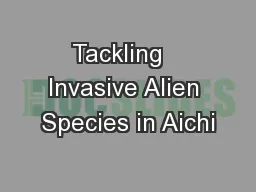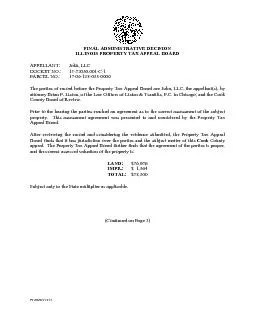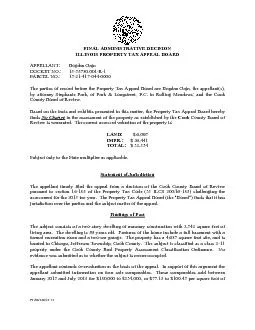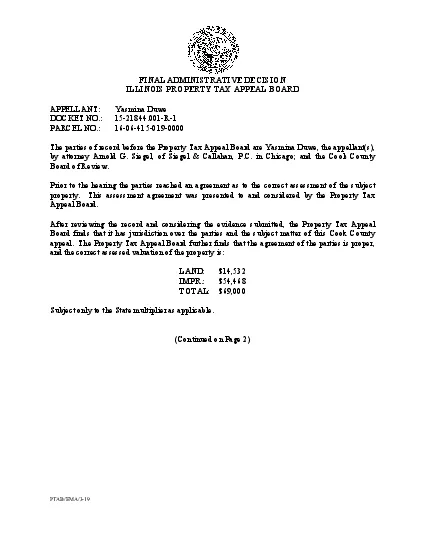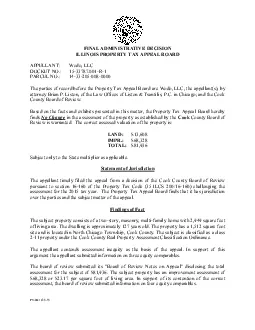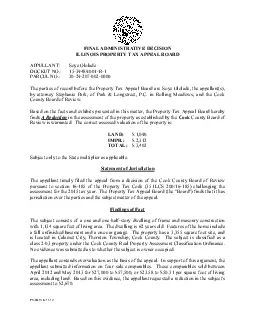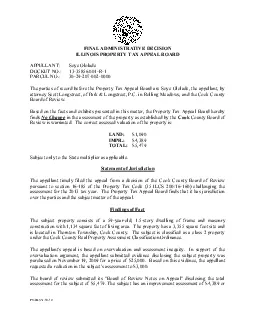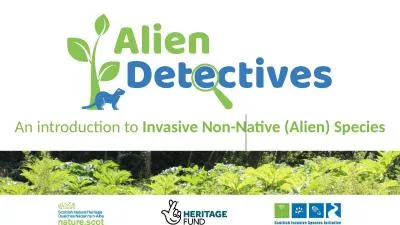PPT-The Control of Alien Invasive Vegetation on Private Propert
Author : kittie-lecroy | Published Date : 2018-01-15
Eco Route Environmental Consultancy INTRODUCTION Th e following presentation is aimed at dealing with the control of alien invasive vegetation on private property
Presentation Embed Code
Download Presentation
Download Presentation The PPT/PDF document "The Control of Alien Invasive Vegetation..." is the property of its rightful owner. Permission is granted to download and print the materials on this website for personal, non-commercial use only, and to display it on your personal computer provided you do not modify the materials and that you retain all copyright notices contained in the materials. By downloading content from our website, you accept the terms of this agreement.
The Control of Alien Invasive Vegetation on Private Propert: Transcript
Download Rules Of Document
"The Control of Alien Invasive Vegetation on Private Propert"The content belongs to its owner. You may download and print it for personal use, without modification, and keep all copyright notices. By downloading, you agree to these terms.
Related Documents

